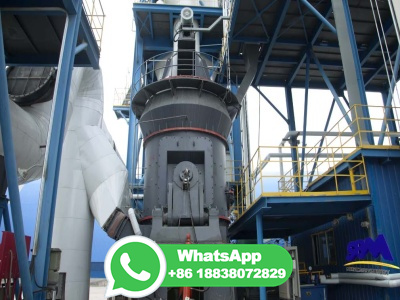Health risks associated with the grinding process
WEBJun 17, 2020 · The grinding process is a necessary finishing process in nearly all manufa cturing units. It involves. the use of abrasive material and cutting fluid but leads to many associated health risks ...























